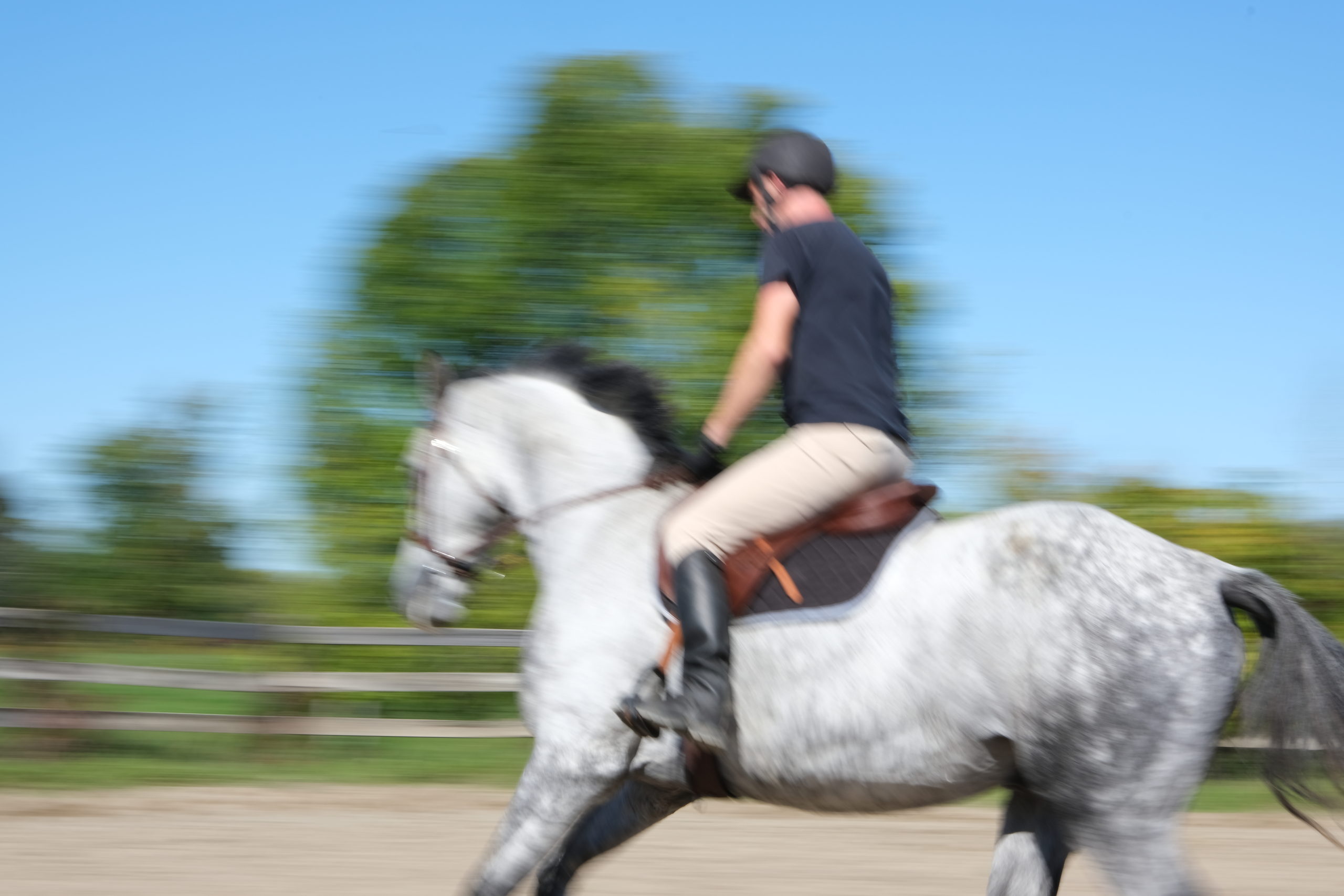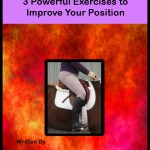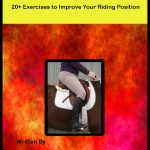Do you have a happy horse?
Read that to be happy NOT CRappy!
Recently I was teaching and the horse seemed to be all in a lather, excited and twitchy.
This is not a happy horse. This horse was feeding off of the insecurities and “baggage” of the rider.
Enter “The Plan”
The Plan is a structured system to get your horse from zero to hero.
or should i say get the rider from angry and emotional to focused and productive.
So many times we have constraints to our riding and we just want to have a decent ride. No running, bucking or shying. Just the fun stuff.
But, your horse doesn’t get it.
They are a function of their environment.
If you are tense – the horse wants to know why. And will be on guard to whatever your tension or malaise may be.
Step 1. Write down your goal…
And I stress YOUR goal here. Not the goals for your horse. Because the horse really doesn’t give a ratsrearend about goals.
for example:
My Goal is to:
- Enjoy riding my horse out on a hack with friends and in the ring on the flat and over fences
- I want to be able to catch my horse easily
and
- I want to feel safe when I ride my horse.
Notice that these are all circled around how you want to feel. And how you would LIKE things to happen.
Not how or what the horse is doing.
For example “I don’t want my horse to shy and run away”. Yes this is true, I don’t want my horse to shy and run away, but really, at the heart of it, you want to enjoy your horse.
Step 2. Identify the challenges for each goal
Enjoy riding my horse –
what is stopping you from doing that?
- – shying, bucking
- – not listening horse isn’t doing what I want
- – hard to catch – runs away , runs at me, biting, kicking pulling on the halter.
- – feeling unsafe
- – herd bound
- – horse is tense, bucking, shying runing stopping
- – wants to go back to the barn
–
Step 3. – Identify the common thread
Is it that the horse really doesn’t like what they are doing?
And I really believe that horses should like what they do.
Does the thought of trotting around another 20 metre circle fill the horse (or you) with dread? Or getting chastized by your coach/trainer.
Ring sour?
Just bored with the drill of the four corners of the arena?
Maybe, just maybe, it’s time to spice things up a bit.
Go for a hack.
Go to a lesson somewhere else.
Put up some cross rails.
Or
Maybe
Your horse is anxious about the location, the other horses, the exercises or worried about you.
Or,
Maybe you are the cause of the anxiety.
If you are holding tension in your body.
In your hands, shoulders or back, your horse CAN feel it and WILL react to it.
Removing your own anxiety is difficult because we all bring baggage to the table. Maybe there are some things you are subconsciously thinking about that is causing tension or making your horse be anxious.
These things have to be dealt with head on.
Identify the issue and develop a plan to improve the issue.
It is really a roulette wheel of guesses to try to figure out if your horse needs more horses around or fewer buddies to distract him.
Start at the start
Get to know your horse.
If you board your horse out, take some time to watch your horse in the stable and in the paddock.
Discuss your personal goals and concerns with your stable manager, coach or trainer.
Having a discussion and open dialogue is important. Because the stable owner/manager really wants you to have a positive experience with your horse. To be safe and to progress.
Sign up for the newsletter. People tell me they have gotten valuable information from it. Loads of tips and helpful exercises.Having a conversation is the best way to understand why.
If you have your horses at your own place. Same thing,
Take the time to see how your horses react with one another.
Some anxiety, on the horses part, can be removed by swapping horses into different paddocks, or even by switching to different grains, turn out regime or vitamins.
Some horses react to sweet feed. Some prefer pellets and some could be calmed by the addition of calming supplements that help support the nervous system.
Getting to know your horse can also mean spending time with them. Brushing, grooming, stretches and time just being there.
Related article – How to Improve your Relationship with your horse.
This can be particularly true if you find your horse difficult to catch.
Spending time catching your horse, then just bring him in, feed or groom, then put him back out again. This could be a fix for why they are difficult to catch.
If you find your horse shying, most people would go straight to the vet and have their eyes checked. I had a horse that would shy and I really believed that he did this because he was watching out for me because If I patted him, and told him, it’s okay, I see “it” (by it I mean a scary rock, tree, bush, garbage bag) he would be okay next time. If I got angry, or just rode by it assertively, he would be wary the next time and the next and the next. If I just said, “thanks for showing me. I see it. It’s fine,” he would be better the next time because I acknowledged that it was okay.
Then one day he started shying and being really quite naughty. Shy and spinning. A few days later he “popped an hoof abscess”. So… you have to know your horse.
But getting back to my lesson rider. With her horse in a lather.
I did speak to her.
And she did say, “I’ve had a bad week.”
So a weeks worth of baggage sitting on a horse will make it anxious and tense particularly if you are holding that tension in your shoulders and back.
Having a bad week? no problem. Just be aware that you will bring that tension to your horse. So don’t get angry with the horse because they are being a horse.
Get some skills that will help you park your “bad week” at the door to the arena and get on with your riding.
Your horse will thank you for it.

 Try these three powerful exercises to get strengthen your position.
Try these three powerful exercises to get strengthen your position.
